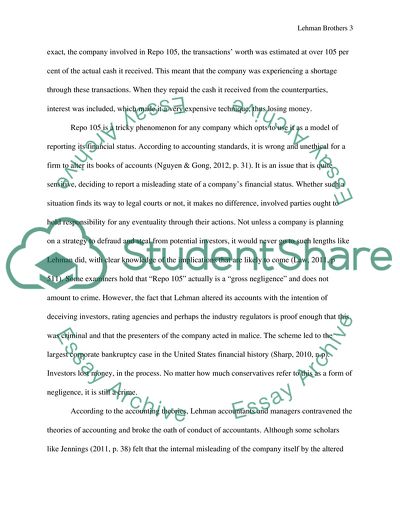Cite this document
(Lehman brothers Literature review Example | Topics and Well Written Essays - 2000 words - 1, n.d.)
Lehman brothers Literature review Example | Topics and Well Written Essays - 2000 words - 1. https://studentshare.org/finance-accounting/1799799-lehman-brothers
Lehman brothers Literature review Example | Topics and Well Written Essays - 2000 words - 1. https://studentshare.org/finance-accounting/1799799-lehman-brothers
(Lehman Brothers Literature Review Example | Topics and Well Written Essays - 2000 Words - 1)
Lehman Brothers Literature Review Example | Topics and Well Written Essays - 2000 Words - 1. https://studentshare.org/finance-accounting/1799799-lehman-brothers.
Lehman Brothers Literature Review Example | Topics and Well Written Essays - 2000 Words - 1. https://studentshare.org/finance-accounting/1799799-lehman-brothers.
“Lehman Brothers Literature Review Example | Topics and Well Written Essays - 2000 Words - 1”. https://studentshare.org/finance-accounting/1799799-lehman-brothers.


